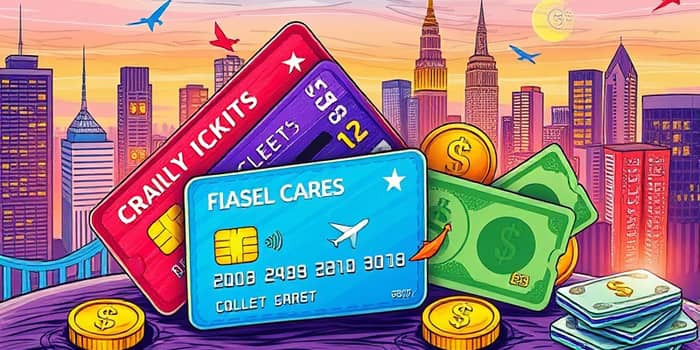
Credit card rewards programs offer more than just perks; they can transform everyday spending into valuable benefits that support your financial goals. Whether you’re a seasoned points collector or a beginner exploring your first rewards card, this guide provides actionable strategies and insights to help you navigate the complex world of credit card rewards.
From understanding the fundamentals to evaluating the best programs of 2025, you’ll gain the knowledge needed to earn more, redeem smarter, and avoid common missteps.
At their core, credit card rewards programs are designed to incentivize spending by offering returns in various forms. Issuers compete fiercely to attract and retain loyal customers through welcome bonuses, tiered rates, and exclusive perks.
Rewards come in three primary categories: cash back, points, and travel miles. Each structure has unique advantages and redemption pathways. Grasping the mechanics of earning and redeeming is the first step toward maximizing your rewards potential.
Most cards feature a combination of base earnings and bonus categories. For example, you might earn 1% on all purchases and 5% on groceries up to a quarterly cap. Some issuers require activation of rotating categories, so staying organized is key.
Sign-up bonuses can dramatically boost early earnings, often offering 50,000–100,000 points or the equivalent miles after meeting a minimum spend within the first few months. Keep in mind that avoiding costly interest charges by paying in full each month ensures rewards remain truly profitable.
Redemption values vary: cash back is simple but may yield lower returns compared to travel bookings or point transfers. Many frequent flyers achieve up to 50% higher value by moving points to airline partners.
The landscape of rewards cards continues to evolve. Here’s a snapshot of leading programs and standout cards this year:
*Offers fee waived first year.
Credit card rewards have become a cultural mainstay. A remarkable 91% of Americans value their rewards, and 87% carry at least one rewards-earning card. Yet 69% still have unused points or cash back sitting idle, signaling opportunities for better redemption planning.
Gen Z is especially engaged: 65% actively seek out the richest rewards offers, driving issuers to innovate with mobile-first experiences and social features. Meanwhile, inflationary pressures have shifted 49% of users to redeem rewards for everyday expenses.
However, funding these programs relies on interchange fees, raising debates over economic equity and the potential for legislative changes that could reshape the rewards ecosystem.
Looking ahead, rewards programs are set to integrate more with digital ecosystems: expect crypto-cashback options, AI-driven personalized offers, and immersive experiences like priority event access or gaming rewards.
Regulatory scrutiny over merchant fees may prompt issuers to innovate new funding models, potentially reshaping benefit structures. Staying informed and adaptable will be essential for anyone seeking to stay ahead of emerging trends and continue deriving value from their credit cards.
References













